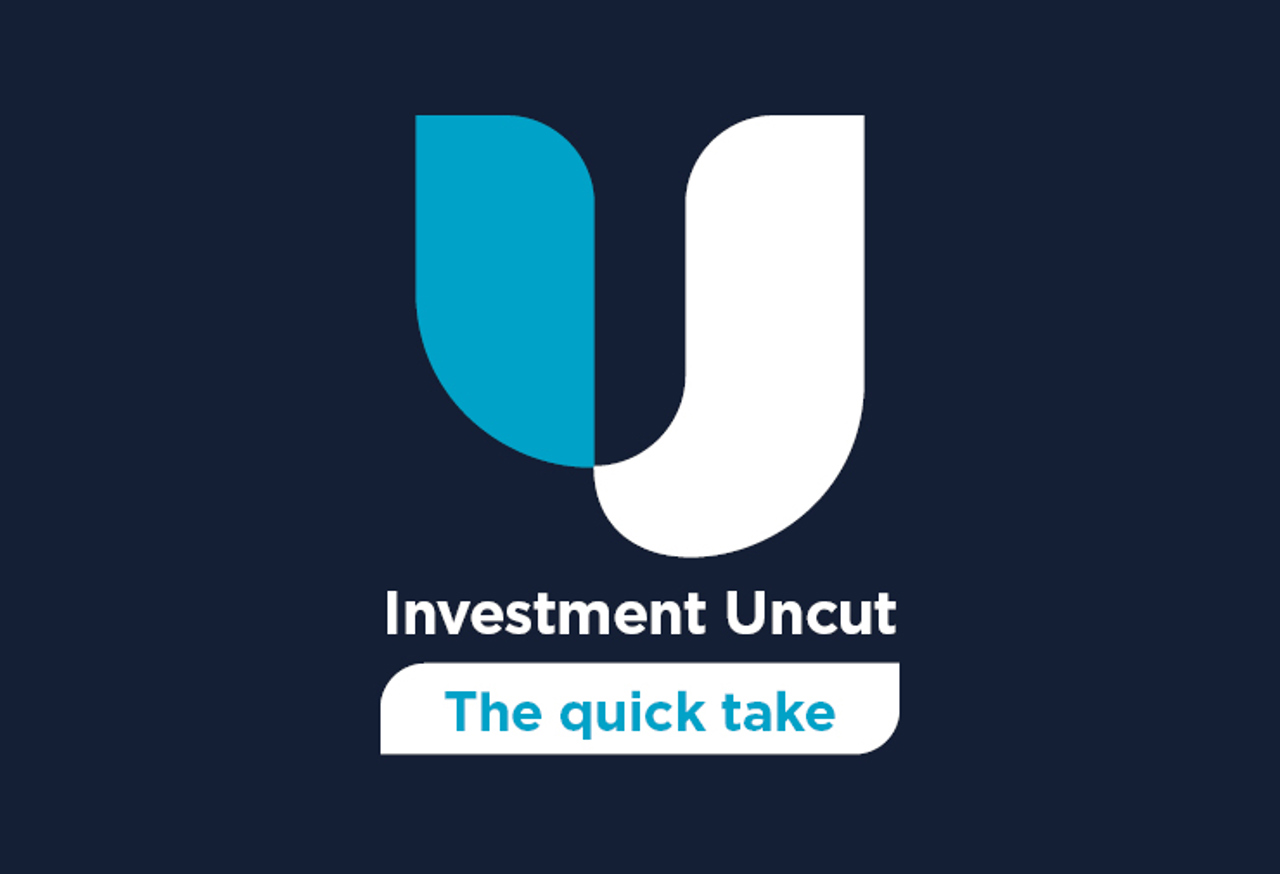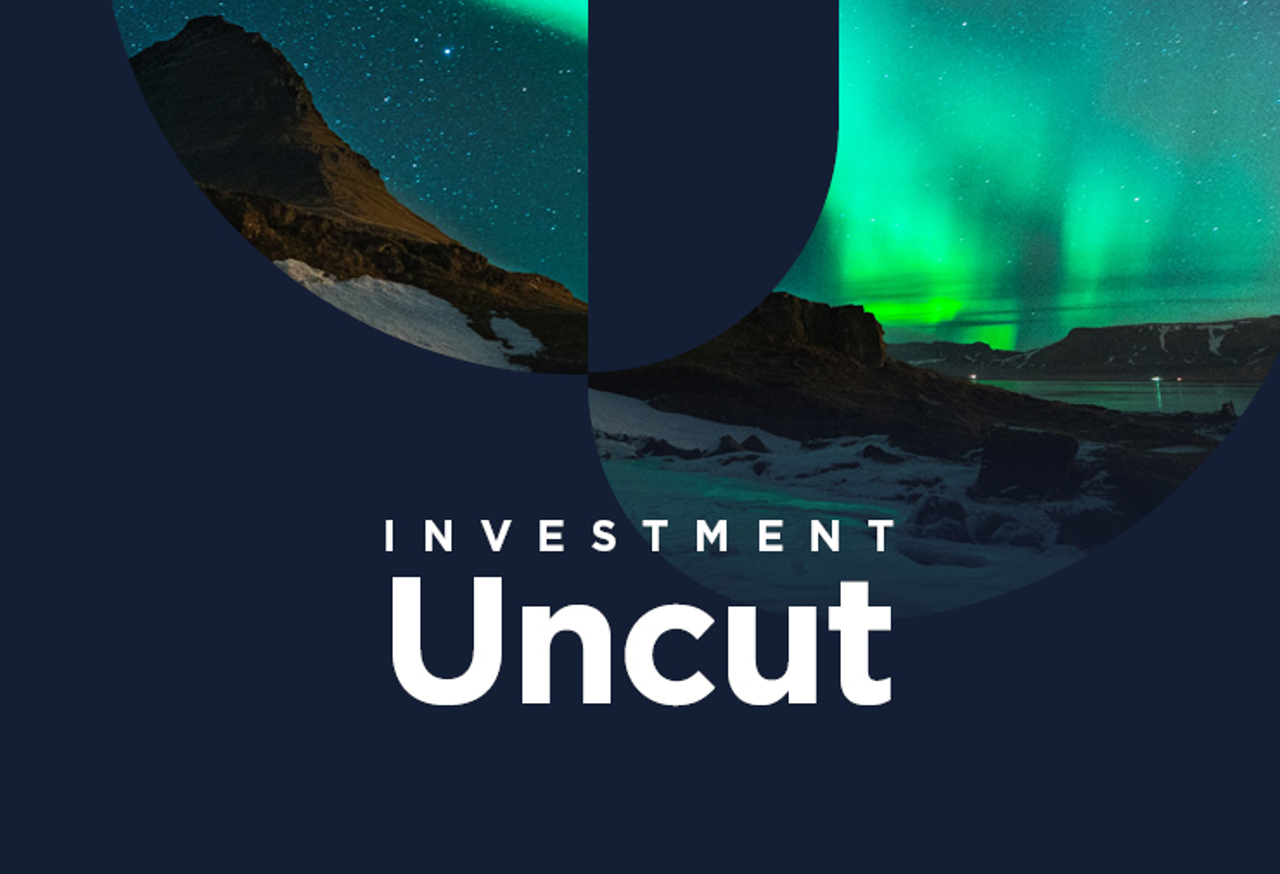You can listen to our podcasts online via the player below or search for 'Investment Uncut' and review, rate and subscribe on Apple Podcasts, Spotify, Pocket Casts or SoundCloud.
This week we’re speaking to John L Bowman. John is Executive Vice President at CAIA, The Chartered Alternative Investment Association. We’re discussing the five key components of what John has called “The Portfolio for the Future”.
We also discuss universal owners, private markets as a beta allocation, crossover funds, permanent capital and lots more. We think listeners will get a lot out of this wide-ranging conversation on alternatives and private markets!
Links mentioned:
We discuss:
- Why this idea, why now?
- The five marks of the portfolio of the future:
- Diversification
- Private capital
- Fiduciary responsibility
- Rise of universal owner (demands on capital: balance impact)
- Operational alpha
- The five marks of the portfolio of the future:
- The Fiduciary mindset: why this is important and has it “gone missing” a bit in the world of atomised portfolios and asset manager funds
- Private markets: how John is thinking about it
- Is there a consistent illiquidity premium (or as Cliff Asness would have it maybe a discount to allow for the volatility smoothing)
- Private markets as a beta play to simply capture where a large chunk of wealth creation is now taking place
- The role of crossover public/private funds
- The trend of permanent capital vehicles
- “Culture Eats Sharpe Ratio for Breakfast” John explains what he meant
What's one thing to take away?
Alternatives. The future is a holistic portfolio that looks across public and private to deliver an outcome and doesn’t need to conform to specific buckets.
What's the most underappreciated thing about this area?
10-12% returns from the 60/40 portfolio is not normal. We’re now returning to a more normal environment where you need to do more to get to the same outcomes. A more normal environment is real returns at 3-5%.
Any recommendations?
Each LCP Investment Uncut podcast is for information and marketing purposes only and does not constitute any form of investment or financial advice or a financial promotion (under the Financial Services and Markets Act 2000). All views expressed by the podcast hosts and guests are purely their own opinions and do not represent those of LCP, its clients or affiliates. LCP does not provide any warranty, guarantee, or representation as to the accuracy or sufficiency of the information featured in this Podcast. Past performance is not indicative of future returns. Our podcast listeners should always seek independent financial or legal advice before making any financial or investment decisions. Please refer to the Legal Notices section on the LCP website for further information.


